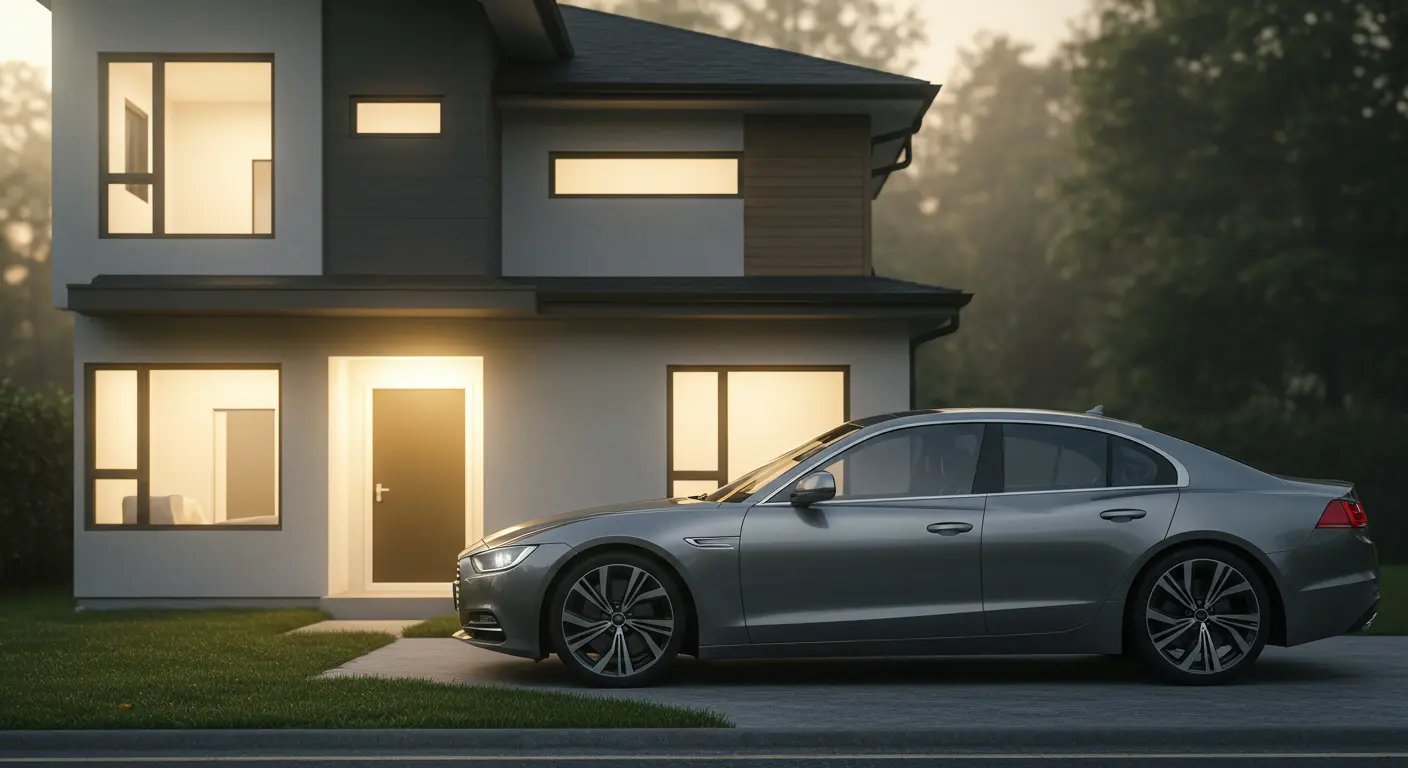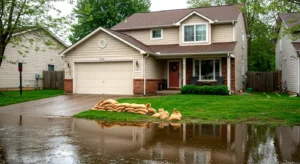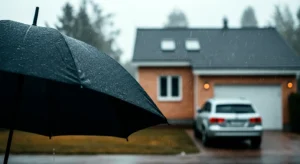The Florida Blueprint for Protecting Your Biggest Asset
Your home is more than just a place to live; it is likely your single largest financial asset and the bedrock of your family’s security. In a high-value, high-risk state like Florida—where the unique combination of sunshine, storms, and subterranean geology creates complex challenges—understanding your homeowners insurance goes far beyond knowing you have a policy. It requires fluency in four crucial letters: A, B, C, and D.
For many homeowners, the standard policy purchased is the HO-3 Special Form. This policy is the workhorse of home insurance, but its broad coverage often masks critical exclusions and nuanced features that can mean the difference between financial recovery and ruin after a major event.
At Poncho Insurance, we believe modern home protection requires complete transparency. As your local, digital-native insurance partner in Central Florida, we’re here to take you deep into the structure of your HO-3 policy, shedding light on the complexities of coverage that are often overlooked until disaster strikes.
The Four Pillars of Home Coverage: A, B, C, D
An HO-3 policy divides your protection into four distinct sections, each with its own limits and rules. Understanding how these work together is the first step toward smart protection:
Coverage A: Dwelling
This is the main protection for the structure of your house itself, including anything permanently attached, like a garage, deck, or attached porch.
- The “Open Perils” Advantage: Your dwelling coverage is typically provided on an “Open Perils” (or “All-Risk”) basis. This is the strongest type of protection. It means the structure is covered for all causes of loss, unless that peril is specifically named as an exclusion in the policy (e.g., flood, earth movement, wear and tear). If it’s not excluded, it’s covered.
- Replacement Cost is King: Crucially, your Coverage A limit should reflect the full Replacement Cost Value (RCV)—the actual cost to rebuild your home from the ground up at current market rates for materials and labor. This is often higher than the market value of your home, especially in Florida’s volatile construction market. Insuring for less than 80% of the RCV can result in a coinsurance penalty, meaning your insurer may not pay the full cost of a partial repair.
Coverage B: Other Structures
This covers structures on your property that are not attached to your main dwelling. This includes detached garages, sheds, fences, driveways, and often, your swimming pool cage.
- Limit: The limit for Coverage B is usually set as a percentage of Coverage A (often 10%). If your home is insured for $400,000 (Coverage A), your detached structures are likely covered up to $40,000. It is vital to ensure this amount is sufficient to cover high-value structures like a detached guest house or an expensive security fence.
Coverage C: Personal Property
This covers the contents of your home—everything from clothing and furniture to electronics and appliances.
- The “Named Perils” Limitation: Unlike your dwelling, your personal property is typically covered on a “Named Perils” basis. This means your belongings are only covered if the cause of loss is explicitly listed in the policy (e.g., fire, theft, windstorm, vandalism). If a peril isn’t named, the loss isn’t covered.
- Special Limits: Pay close attention to Special Limits of Liability. Standard policies place low caps (often $1,500 to $2,500) on high-value items like jewelry, furs, firearms, silverware, and cash. If you own high-value collectibles or engagement rings, you must purchase a separate Scheduled Personal Property Endorsement (Floater) to ensure they are properly covered at their appraised value.
Coverage D: Loss of Use (Additional Living Expenses – ALE)
If a covered loss (like a fire or major wind damage) makes your home temporarily uninhabitable, Coverage D pays for the Additional Living Expenses (ALE) incurred while your home is being repaired.
- What it Covers: This includes hotel stays, restaurant bills that exceed your normal food budget, temporary rental furniture, storage fees, and laundry costs. It pays the difference between your normal expenses and the increased expenses due to displacement.
- A Lifeline: In a major catastrophe like a hurricane, this coverage is often a financial lifeline, ensuring your family has a stable place to stay during the long rebuilding process.

Florida’s Critical Exclusions and Nuances
While the HO-3 policy provides robust general coverage, several specific Florida risks are either explicitly excluded or handled through unique, complex deductibles.
- The Water Exclusions (And How to Address Them)
The most common claim denials in Florida involve water, because standard policies exclude the following:
- Flood: Always excluded. Requires a separate Flood Insurance policy (NFIP or Private).
- Sewer & Drain Backup: Often excluded. If sewage backs up into your home from the public sewer line or an exterior drain, the damage is typically not covered. You must purchase a Sewer and Drain Backup Endorsement to add this vital protection.
- Water Seepage: Damage from continuous and repeated leakage or seepage over a period of weeks or months (often causing mold) is excluded. This is deemed maintenance-related.
- The Threat from Below: Sinkholes
Florida’s geology, particularly in counties like Polk and Pasco, makes it susceptible to sinkhole activity. Florida law dictates two levels of protection:
- Catastrophic Ground Cover Collapse (CGCC): This basic coverage is mandated by law and must be included in your standard policy. However, it is triggered only if all of the following occur: the ground abruptly collapses, a visible depression forms, structural damage occurs, and the home is condemned. This is a very high bar for coverage.
- Optional Sinkhole Loss Coverage: For true protection against non-catastrophic, incremental sinkhole activity that still causes structural damage (e.g., foundation cracks, wall separation), you must purchase a specific Sinkhole Loss Endorsement. This optional coverage is highly recommended in Central Florida, where the threat is constant. Insurers are required to offer it, but you must opt in.
- The High-Stakes Deductible: Wind and Hurricane
In Florida, your policy will have two distinct types of deductibles, which can have dramatically different financial impacts:
- All Other Perils (AOP) Deductible: Your standard, flat-dollar deductible (e.g., $1,000) that applies to damage from fire, theft, vandalism, and non-hurricane wind.
- Hurricane Deductible (Percentage Deductible): This deductible is legally mandated and applies to damage caused by a named hurricane. It is expressed as a percentage (typically 2%, 5%, or 10%) of your Coverage A (Dwelling) limit, not the amount of the loss.
- The Impact: If your home is insured for $500,000 and you have a 5% hurricane deductible, you must pay the first $25,000 ($500,000 x 5%) in hurricane damage before your insurance pays a dollar. Knowing this percentage and having the funds reserved is non-negotiable for Florida homeowners.
- The Trigger: The hurricane deductible is activated when the National Weather Service issues a hurricane watch or warning for any part of Florida.

The Power of Endorsements: Customizing Your Policy
Since the HO-3 is designed for the average U.S. home, Floridians often need endorsements—add-ons that modify the policy—to close specific gaps:
- Extended Replacement Cost: Due to unexpected post-disaster inflation and material shortages, the cost to rebuild can exceed your Coverage A limit. This endorsement adds an extra buffer (e.g., 25% or 50% extra) to your dwelling limit to protect against these economic surges.
- Replacement Cost for Contents (RCV): Your standard personal property coverage often pays out Actual Cash Value (ACV), which is replacement cost minus depreciation. An RCV endorsement ensures you get the money needed to buy brand new replacements, not just the depreciated value of your old sofa or computer.
- Equipment Breakdown Coverage: This covers the sudden, accidental breakdown of major home systems like your HVAC, water heater, or smart home electronics, which are typically excluded as mechanical failures.
Poncho Insurance: Simplifying the Florida Homeowner’s Policy
At Poncho Insurance, we understand that deciphering the differences between CGCC, Sinkhole Loss, ACV, RCV, and the various deductibles is overwhelming. We are a Florida-based company built for the modern consumer, and we believe the complexity of the market should not translate into complexity for you.
We don’t just sell policies; we simplify the process of understanding your biggest asset’s protection plan.
How Poncho Insurance Protects You Beyond the Basics:
- Transparent Deductible Modeling: We clearly illustrate the financial impact of your percentage hurricane deductible based on your home’s RCV. Our platform ensures you know your exact financial exposure ($ amount) under a worst-case scenario.
- Custom Endorsement Review: We proactively flag necessary endorsements for your Florida lifestyle. Whether it’s the critical Sewer and Drain Backup Endorsement for Central Florida urban areas or the Sinkhole Loss Endorsement where applicable, we make it easy to add the specific protections you need with zero jargon.
- Replacement Cost Focus: We prioritize maximizing your Coverage A and recommending the Replacement Cost for Contents (RCV) endorsement. We work to ensure your policy reflects the true cost of rebuilding in the current, high-cost Florida market, protecting you from crippling coinsurance penalties.
- Bundling for Stability: By bundling your home and auto policies with Poncho, you not only unlock savings but also simplify policy management. This coordinated approach ensures your personal liability limits are consistent across policies, setting a strong foundation for an optional Umbrella policy.
Your home protection should be strong, smart, and straightforward. Let Poncho Insurance be your guide to navigating the essential, yet complex, world of Florida homeowners insurance.
Ready for an insurance policy that truly covers the Florida life you live? Get a tailored Homeowners Insurance quote from Poncho Insurance today.




